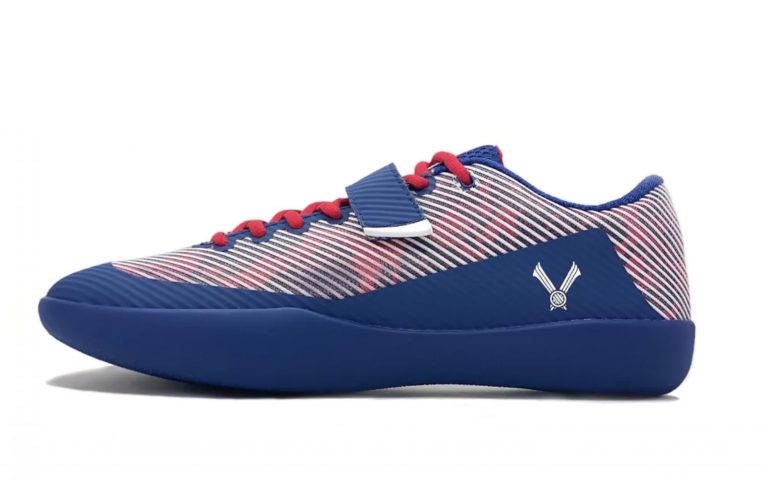If you are an Olympic sport athlete and have been training for some time, then sooner or later, you will likely need to purchase a pair of new throwing shoes. The best ones are those that fit well, offer great support and are lightweight enough to use in different games as well as competitions. Here are some tips on how to find the right pair of throwing shoes depending on what type of events you participate in.
Absolute Comfort
The most important aspect of any shoe is comfort. From this perspective, the best throwing shoes will be comfortable for you to use throughout your practice sessions and competitions. Flexibility is another essential aspect. A flexible shoe should be able to adapt to the contours of your foot, while also providing support and stability during movement. In a shoe that offers stability, you will want to be able to count on your shoes for support in different directions or under varying circumstances. No matter where the game takes you, you will want to ensure that the type of shoe that you choose to buy is the right fit and that they withstand the test of time. Velaasa throwing shoes boast these features, as well as others, which makes them the best in the market. Visit them at https://velaasa.com/collections/throwing-shoes to learn more about what they have to offer.
Fits Like a Glove
You should be able to fit the shoe comfortably, but not so tight that you can’t get your foot in. The same is true for the heel; it should be snug, but not too wide or high up on your foot.
It’s also important to make sure the shoe fits well around your ankle so it doesn’t rub against any nerves in your leg or foot as you compete.
Great Support
Support is important for the health of the athlete. It helps prevent injury by allowing you to maintain proper form and movement through the swing. A shoe must have supportive arch construction for you to experience the feeling. This refers to how well each part of the shoe supports your arch from top to bottom, or at least up until where you need extra cushioning. You’ll want a good amount of support for this area so that it doesn’t bother or hurt after long practices/competitions have taken place over time.
Specialized Sole for Olympic Sport Throwing Events
The specific demands of the Olympic sport you’re planning on participating in will determine the type of sole you should buy. For example, if your event is a shot put, then look for a flat-soled shoe that provides traction and grip for your feet. This will help prevent blisters and injuries when landing on hard surfaces such as concrete floors or marble floors.
If your event requires throwing balls through hoops, look for shoes with a heel cup so that they can be gripped when landing.
Lightweight and Versatile Enough
Throwing shoes should be light and flexible enough to wear for long periods of time, so they can be used in different throwing events. Athletes who compete in an event like the shot put will want a shoe that allows them to lift their heels off the ground, while still retaining enough support from their ankle bones so that they don’t feel like they’re walking on eggshells when wearing it during competition season. Great shoes will also increase your chance of success on the field or court because they’ll keep your feet comfortable throughout practice sessions and competitions alike.
Material
The material used to make throwing shoes determine their comfortability, flexibility, versatility, and durability. There are a few different materials that make throwing shoes better. The most common is leather. It’s durable, flexible, and comfortable to wear. A good pair of rubber-soled trainers will last longer than those made from other materials as they won’t develop holes or tears as quickly due to their durability and flexibility.
If you’re looking for something more sophisticated then consider throwing shoes made from some high-tech synthetic materials such as EVA foam which offer the best shock absorption. This means your feet won’t feel sore from running around all day long.
Grip and traction are essential for throwing. The materials that make up a shoe’s sole and midsole can have a big impact on how well it grips the ground and provides traction for your foot in the air. Throwing shoes should be made with a combination of materials that generate enough friction with the ground to avoid sliding. For example, Suede gives you better traction over hard-packed dirt or cement surfaces; it also allows you to push off against uneven ground more effectively than other kinds of materials might allow.
Bottomline
The best throwing shoe will fit perfectly and provide the protection you need without weighing you down. Many of these shoes are also lightweight, so they won’t add extra bulk to your workout routine or slow your speed down during competition. If you’re interested in trying out a new pair of shoes as part of your training regime, we recommend taking some time to consider what type might work best for your sport.

0 Comments